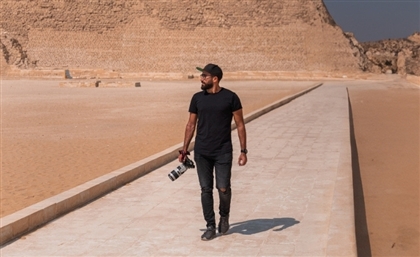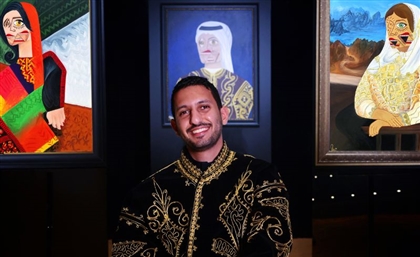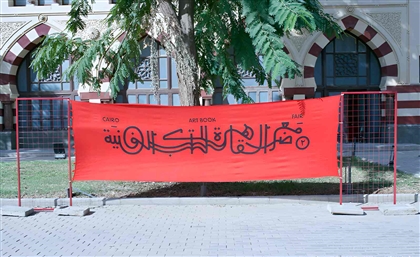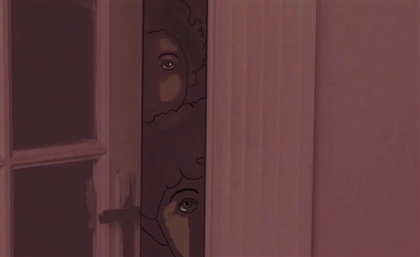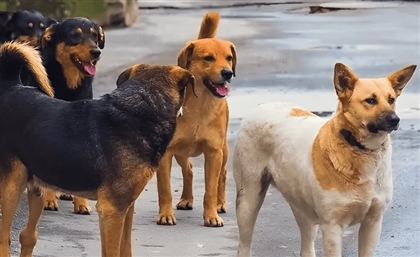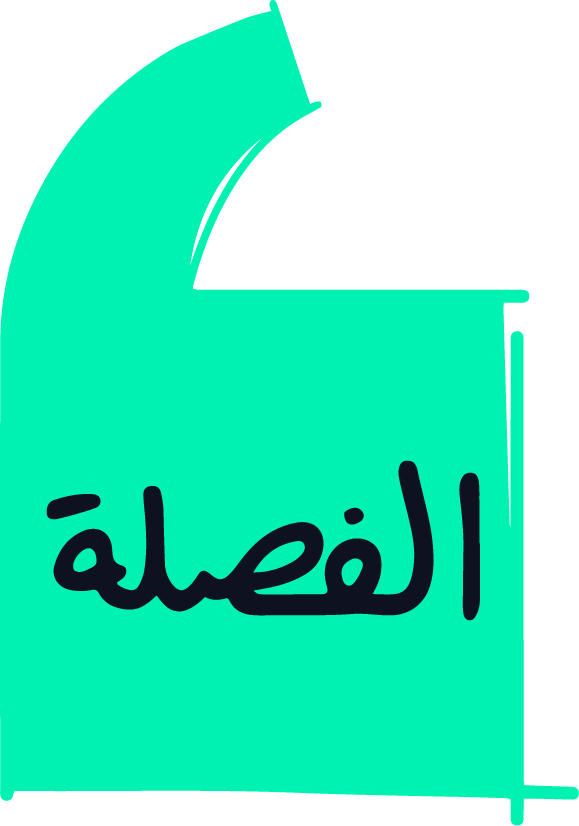Moath Alofi's Photography Traces Saudi’s Forgotten Landscapes
Artist Moath Alofi leads us through deserts, volcanoes and abandoned homes. His photos and videos lay witness to Saudi's changing landscapes, history and people.
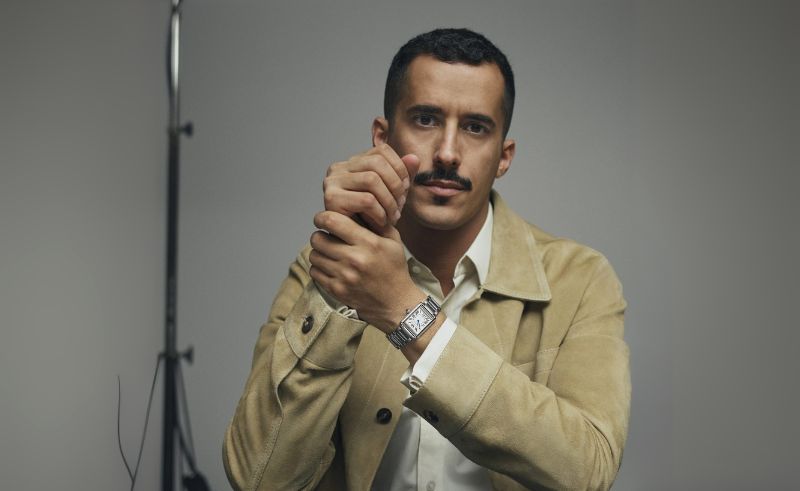
Photos of faces on lava rocks, aerial videos of mysterious ancient figures drawn in the sand, and aluminium sculptures of pre-Islamic cults - artist Moath Alofi has turned his camera towards the history, culture and people that has been etched across Saudi Arabia's landscapes and outside of its cities.
Alofi has journeyed through the Saudi desert, through exhibitions in London, Paris and New Mexico, and across artistic mediums. By way of videography, aerial photography and light installations, Alofi contends with questions about the ancient, the modern, and the human in Saudi Arabia.
In his day job, Alofi is the Associate Director of Creative Production at Diriyah Gate Development Authority. Diriyah is home to the At-Turaif District, a UNESCO World Heritage Site.
This government initiative aims to preserve and develop the area as a tourist destination. Alofi also founded art studio Al-Mthba, and is a co-founder of the Erth Team, a production group trained and specialised in safari trips, aerial photography and travel documentation.
Alofi was not always fascinated with what the Saudi desert had to offer. It was only after eight years gaining a bachelor’s in Environmental Management and Sustainable Development from Bond University in Australia that, upon his return to Madinah, he suddenly felt a disconnect. Something was different. He was seeing his hometown with new eyes. "This culture shock inspired curiosity to find myself, to find my place, to find my identity,” Alofi told SceneNowSaudi.
Alofi started re-exploring Madinah, roaming the city, exploring different districts and Islamic monuments, and travelling outside the city. He went north to the Khaybar region, where he saw a volcano for the first time, the largest in the Arabian Peninsula. He photographed and filmed the lava field, the caves and the ancient stone structures, which would later become a subject of his 2018 short film ‘Mihlaiel’.
In 'Mihlaiel', Alofi takes us above and inside abandoned homes, dormant volcanoes and prehistoric structures over the course of 11 and a half breathtaking minutes, using both aerial and hand-held videography to examine how modernisation has - and, perhaps, has not - affected the landscape.
Continuing on his journey, he travelled northeast of Madinah to Al-Henakiyah, where he was captivated by Jebel Al-Ahain, a red sandstone outcrop covered in ancient rock art and inscriptions. Alofi called it otherworldly.
“It was an hour from my city, yet there I was, 33, seeing it for the first time,” he told us. Alofi’s exploration took off from here. He made it his mission to extend a bridge between cities and the forgotten landscapes surrounding them through art, namely photography and film.
Around 2015, Alofi started to capitalise on the popularity he was gaining on social media, opening exhibitions, working at art centres, and beginning his career as a professional.
But before the followers and before Australia, Alofi was just a kid with a camera who adored the desert. Since 4th grade, he was snapping photos on family trips or of deserted places, cemeteries, and sprawling landscapes. Alofi has long drawn his inspiration from the desert.
“The desert is breathing, it is grounding, it is mindfulness, it is going back to missing links,” he said.
Saudi is Alofi’s canvas; the desert, his gallery. He is always finding things he never knew existed. “There’s always the element of wonder, the element of surprise,” Alofi said.
In addition to ‘Mihlaiel’, Alofi showed his 2018 photo series ‘People of Pangea’ as a project guided by the desert. Despite its name, the photographs are not of people, but aerial shots over Madinah. They are anomalous formations, as old as 9,000 years, that are recognised as gates, kites, or keys. Pilots identified these mysterious desert drawings from the sky in the early 1920s.
A year earlier, in ‘Shepherds of Arabia’, Alofi captured the men who work in one of the few remaining nomadic occupations in the world through a series of raw, close-up portraits. Weathered faces, etched with wrinkles, wrapped in scarfs, teeth yellowing, beards greying laid bare for the viewer, a testament to the harsh conditions their work requires for meagre compensation.
These terrains have not always been kind to Alofi. Adventuring in the desert can be risky, he acknowledged. He has seen it all on the field - sunstroke, dehydration, and low blood pressure.
“One time, I got so excited about a project that I forgot to drink water,” he laughed. In the end, he had to absorb a crucial lesson: “The desert needs to be respected.”
The artist is currently bringing the inner workings of his brain to life in sculptures on mindfulness. Alofi wants to visualise the body of consciousness, a project inspired by his meditation practice, an important part of his life.
- Previous Article Hany Saad Wins Residential Architecture Award 2025 in London
- Next Article Six Unexpected Natural Wonders to Explore in Egypt
Trending This Week
-
Dec 12, 2025








